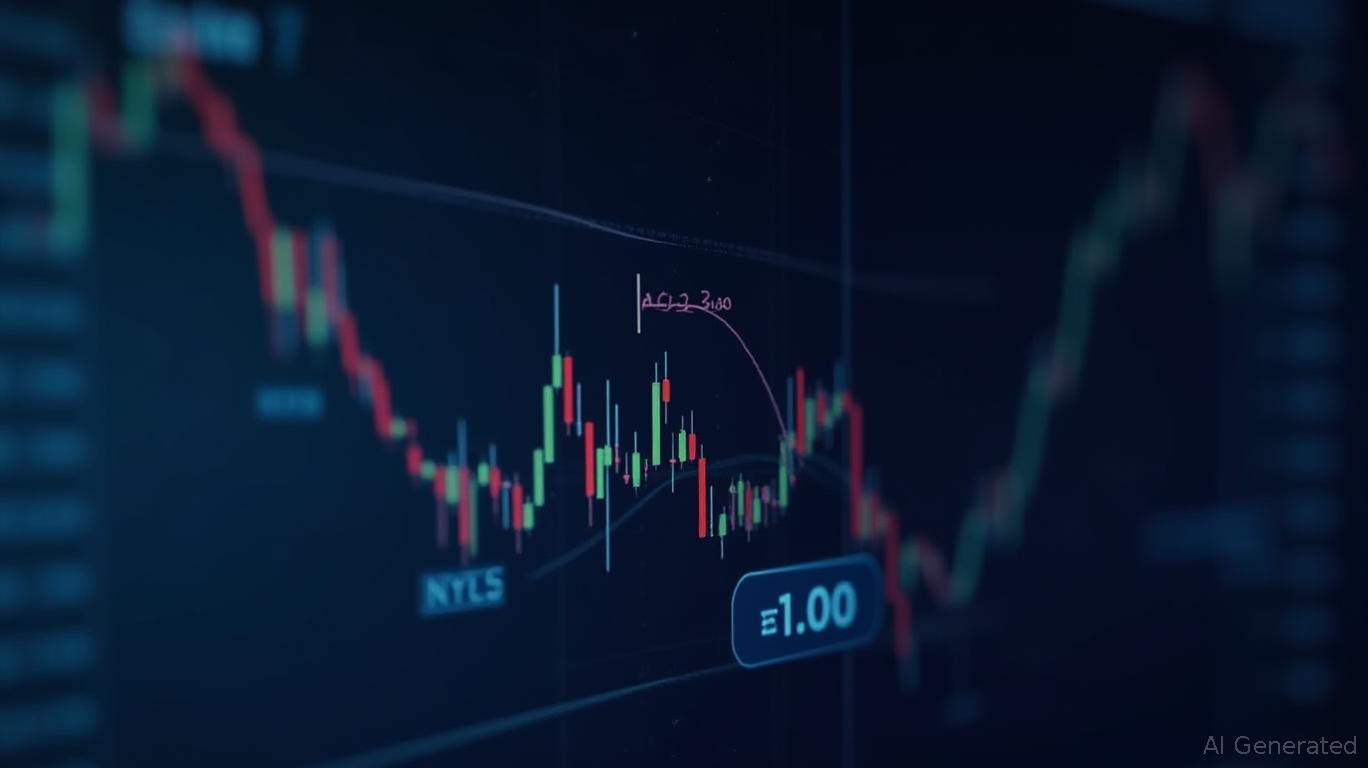System1's Reverse Split: A Strategic Lifeline or a Risky Gamble?
System1, Inc. (NYSE: SST) has taken a bold step to stave off delisting by executing a 1-for-10 reverse stock split, effective June 11, 2025. The move, driven by a plunging stock price that dipped as low as $0.61 earlier this year, underscores the fine line between regulatory compliance and corporate survival. While the split temporarily buys the company time to meet New York Stock Exchange (NYSE) listing standards, it raises critical questions about liquidity risks, future volatility, and the sustainability of its long-term strategy.
Strategic Necessity: Avoiding Delisting Through Regulatory Tightrope Walking
The NYSE's revised rules, finalized in January 2025, require listed companies to maintain an average closing price of at least $1.00 over 30 consecutive trading days. System1's stock had languished below this threshold for months, triggering a six-month “cure period” to regain compliance. However, the NYSE's stricter provisions—particularly prohibitions on reverse splits for companies with cumulative ratios exceeding 200:1 over two years—created a high-stakes calculus for
.
System1's 1-for-10 split was a calculated move to avoid breaching the 200:1 cumulative ratio threshold. The company had no prior reverse splits in the past two years, allowing this action to remain just within regulatory limits. Post-split, shares began trading at $6.10, comfortably above the NYSE's $1.00 requirement. The split also reduced outstanding shares of Class A stock from 79.8 million to 7.98 million, consolidating equity while preserving voting rights and proportional ownership for shareholders.
Immediate Benefits and Risks: Liquidity and Volatility Concerns
The split's immediate gain is clear: System1 avoids delisting and secures a six-month cure period until July 2025 to sustain a closing price above $1.00. However, the reduced share count introduces liquidity risks. With fewer shares available, smaller investors may face higher transaction costs, and the stock's volatility could spike if market sentiment turns negative.
The split also reshaped warrants, converting every 10 exercisable warrants into one share at a $115 exercise price—a steep premium compared to the post-split price. This adjustment could deter warrant holders from exercising their options unless the stock soars significantly, further limiting near-term liquidity.
Long-Term Strategic Priorities: Can AI-Driven Productivity Turn the Tide?
System1's survival hinges on more than regulatory compliance—it must demonstrate operational progress. The company's Q1 2025 results revealed a $74.5 million revenue shortfall against analyst estimates but highlighted a $12.1 million adjusted EBITDA improvement year-over-year. This signals a focus on cost discipline, a critical step toward profitability.
CEO Michael Blend has emphasized AI integration into its productivity software as a growth lever. If successful, this could bolster margins and attract enterprise clients—a lifeline for a company with a market cap of just $56 million (as of January 2025) and a debt-to-equity ratio of 4.17, indicating high leverage risks.
Investment Considerations: Balancing Risk and Reward
Investors must weigh two critical factors:
1. Short-Term Survival: System1's stock must stay above $1.00 monthly through July 2025. A sustained drop below this threshold would trigger delisting, which could catalyze a sell-off.
2. Long-Term Value: The company's AI initiatives and cost-cutting measures must translate into revenue growth. Without it, the reverse split becomes a temporary fix for a company with a trailing twelve-month net loss of $227 million.
Conclusion: Proceed with Caution, but Monitor Closely
System1's reverse split is a strategic necessity to avoid delisting, but it is not a panacea. The move addresses immediate regulatory pressure but does little to resolve underlying financial weaknesses. Investors should:
- Watch liquidity: Track trading volume and bid-ask spreads post-split for signs of illiquidity.
- Monitor EBITDA trends: Improvement here signals operational discipline, a critical step toward profitability.
- Assess AI adoption: Enterprise adoption of its AI tools could redefine its valuation.
For now, System1's stock is a high-risk, high-reward bet. Patient investors with a long-term view and tolerance for volatility might hold, but the path to sustained success demands execution on multiple fronts. The next six months will test whether this reverse split is a lifeline—or a temporary delay of the inevitable.

Comments
No comments yet